How to Apply Flea Medicine on Cats: Beginner’s Guide
Fleas are one of the most common external parasites that can make your cat itchy, restless, and even sick. Knowing how to apply flea medicine on cats correctly is the first step in ensuring that your feline stays healthy and flea-free. Incorrect application can reduce effectiveness and expose your cat to risks like licking the treatment site. In this guide, we’ll cover safe application methods, flea prevention, home treatment, and the most effective products available.
How to Apply Flea Medicine on Cats
The correct place to apply flea treatment is on the back of your cat’s neck, right between the shoulder blades. This spot is ideal because your cat cannot lick it. Gently part the fur until the skin is visible, then squeeze the medicine directly onto the skin. For larger cats, veterinarians may recommend applying in two or three small spots along the spine for better coverage.

How to Apply Spot-On Flea Treatment
Spot-on flea treatments are among the most popular options. They are concentrated liquid medications that must be applied directly onto your cat’s skin, not on the fur. After applying, avoid bathing or grooming your cat for at least 24 hours to ensure the medicine absorbs effectively. Be careful not to let the treatment run into the cat’s eyes, nose, or mouth.
Flea Prevention
Preventing fleas is far easier than treating a severe infestation. Regular use of preventative flea treatments, combined with good home hygiene, is essential. Wash your cat’s bedding, vacuum carpets and furniture often, and treat other pets in the household at the same time. Outdoor cats are at higher risk, so consistent monthly prevention is strongly recommended.
Signs of Fleas on Cats
Common signs that your cat may have fleas include:
Frequent scratching or biting
Small red bumps or irritation on the skin
Hair loss in patches
Presence of flea dirt (black specks) in the fur
Lethargy or anemia in severe infestations
If you notice these symptoms, it’s time to start treatment right away.
How to Eliminate Fleas
Applying flea medicine is the main step, but additional measures are often necessary. Use a flea comb daily to remove live fleas and eggs, and wash household fabrics at high temperatures. In severe cases, your veterinarian may recommend a combination of topical treatment and oral flea medicine for cats.

Clearing Fleas from Your Home
Fleas reproduce rapidly, and your home environment can harbor eggs and larvae. To completely clear fleas, follow these steps:
Wash cat bedding, blankets, and soft toys with hot water weekly.
Vacuum carpets, rugs, and furniture thoroughly, especially dark corners.
Dispose of vacuum bags immediately to prevent re-infestation.
Consider using a household flea spray safe for cats, especially for heavy infestations.
Flea Treatment for Cats and Kittens
Not all flea medicines are safe for kittens. Most spot-on products are only suitable for cats over 8 weeks old or above a certain weight. For younger kittens, a flea comb and veterinarian-approved products are recommended. Always read product labels carefully and consult a vet before applying any medication to kittens.
Using a Flea Comb
A flea comb is a simple but effective tool. The fine teeth trap fleas, flea dirt, and eggs as you comb through your cat’s fur. Comb your cat near a bowl of soapy water and dip the comb to drown captured fleas immediately. While not a replacement for medication, flea combs are excellent for monitoring infestations.
Flea Powders for Cats
Flea powders are less commonly used today due to the risk of ingestion when cats groom themselves. If used, ensure the powder is specifically labeled safe for cats. Modern topical flea treatments are generally safer and more effective, making powders less popular.
Flea Collars for Cats
Flea collars release small amounts of insecticide over time to protect against fleas and ticks. They can last from 6 to 8 months, depending on the brand. Make sure the collar fits loosely enough to fit two fingers under it. Monitor your cat for any signs of skin irritation or allergic reactions around the neck.
Flea Shampoos for Cats
Flea shampoos kill adult fleas during bathing and provide immediate relief. However, their effects are short-lived, and they do not prevent reinfestation. Because many cats dislike baths, shampoos are best used for emergencies or as part of a vet-recommended treatment plan.
How Long Does Flea Treatment Take to Work?
Most topical flea medicines start working within 12–24 hours, killing adult fleas. However, it may take several weeks to completely eliminate the flea cycle, as eggs and larvae need time to hatch. Continue monthly applications for best results and do not stop treatment after the first signs of improvement.

Everything Our Vets Recommend
How to Apply Flea Medicine on Cats FAQs
How to apply flea treatment to cats?
Part your cat’s fur at the back of the neck and apply the solution directly onto the skin. Do not spread the liquid across the fur.
How to apply topical flea treatment to cats?
Topical treatments should always be applied to the skin, not fur. Avoid bathing your cat for 24–48 hours to ensure effectiveness.
How to put flea medicine on a cat without stress?
Gently hold your cat or ask someone to help. Apply the medicine quickly at the neck, and reward your cat with treats to reduce stress.
Conclusion
Learning how to apply flea medicine on cats correctly can make all the difference in your pet’s comfort and health. Choose the right product, apply it to the correct spot, and maintain a clean home environment for full protection. For long-term flea prevention, follow a monthly treatment schedule and consult your vet if you are unsure. With proper care, you can keep your cat healthy, comfortable, and flea-free.
You May Like:
- Where to Put Flea Treatment on Cat: Updated 2025 Guide
- Best Cat Flea Spray for Cats in 2025: Vet Approved
- Best Flea and Ear Mite Treatment for Cats (2025 Review)
- Safest Flea Prevention for Cats: A Complete 2025 Owner’s Guide
User Comments
Does flea treatment kill ear mites too?
Can dogs take human probiotics?
Can dogs have people probiotics safely?
Related Articles
View all
How Often Flea Treatment Cat? Most Owners Get This Wrong

How to Apply Flea Medicine on Cats: Beginner’s Guide
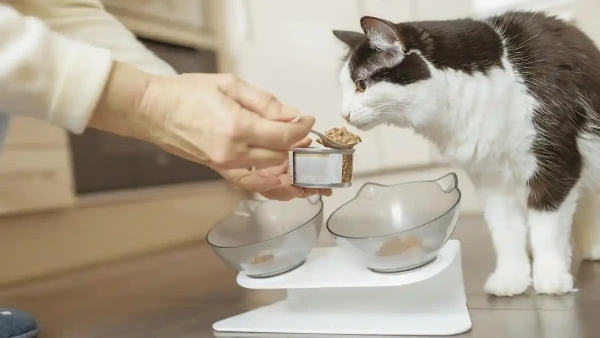
Best Cat Flea Spray for Cats in 2025: Vet Approved
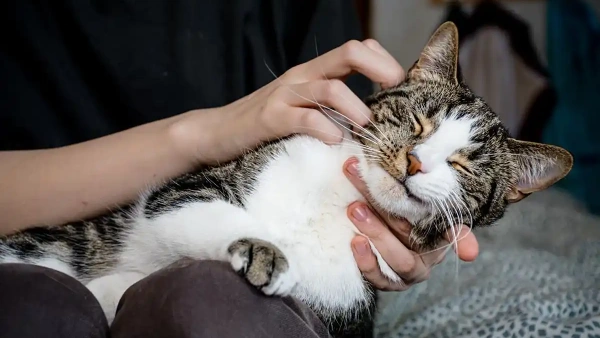
Where to Put Flea Treatment on Cat: Updated 2025 Guide

How Often Flea Treatment Cat? Most Owners Get This Wrong

How to Apply Flea Medicine on Cats: Beginner’s Guide

Best Cat Flea Spray for Cats in 2025: Vet Approved

Where to Put Flea Treatment on Cat: Updated 2025 Guide
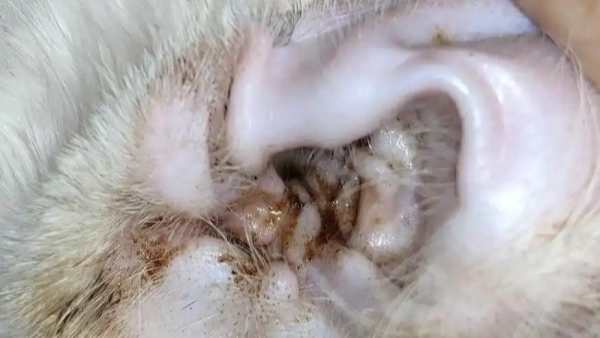
Best Flea and Ear Mite Treatment for Cats (2025 Review)

Safest Flea Prevention for Cats: A Complete 2025 Owner’s Guide

Flea Spray for Kittens: Best Options and Vet Advice 2025

Fleas on Newborn Kittens: Complete Treatment and Prevention
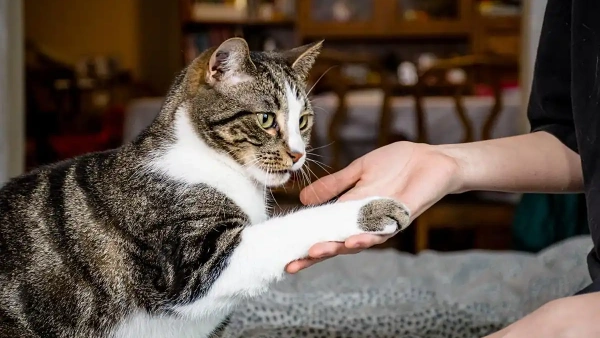

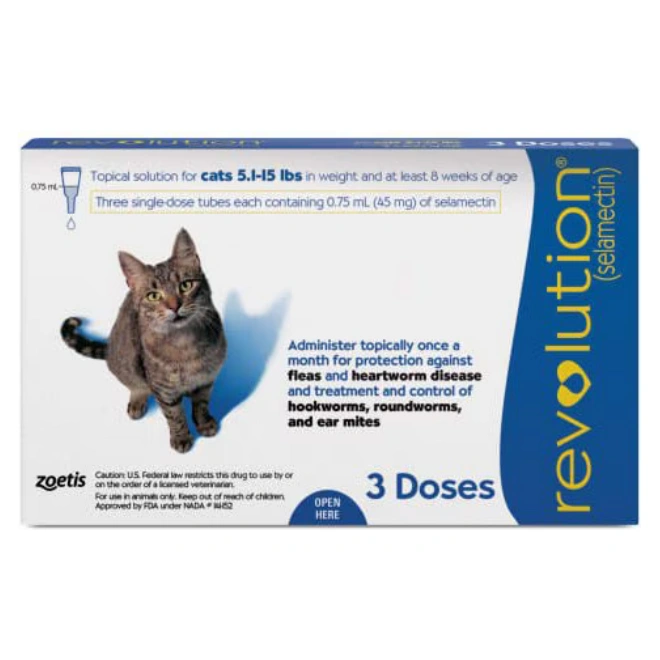
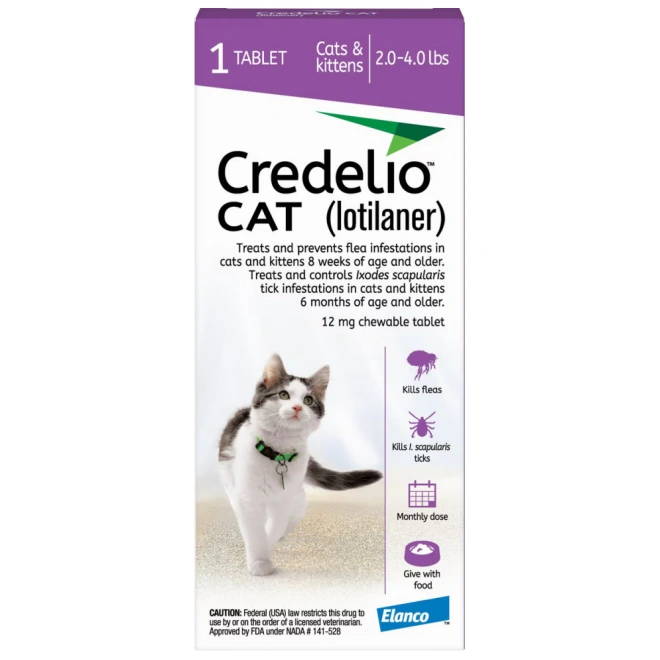
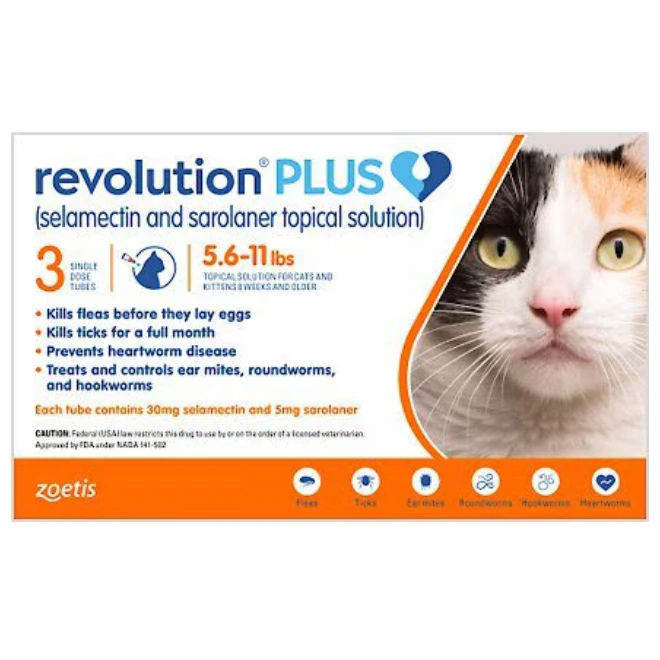
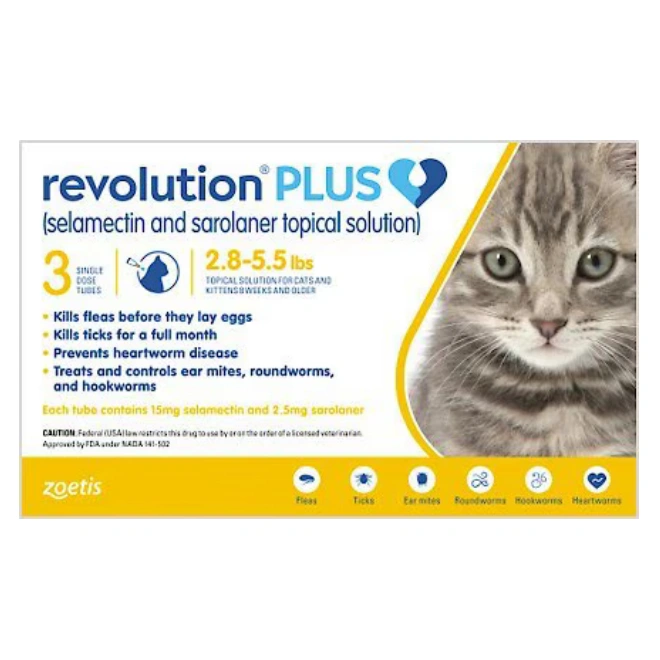








Leave a Reply